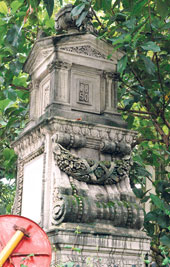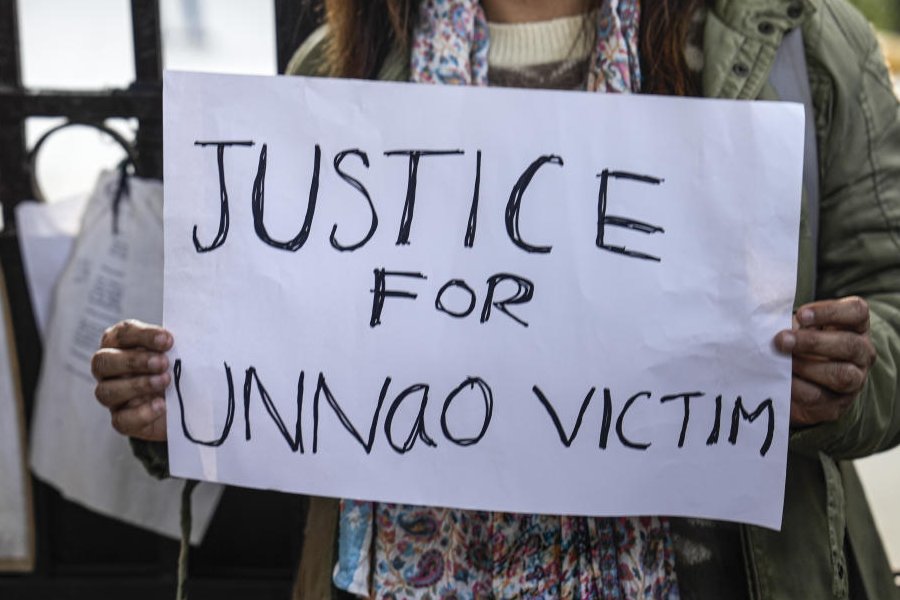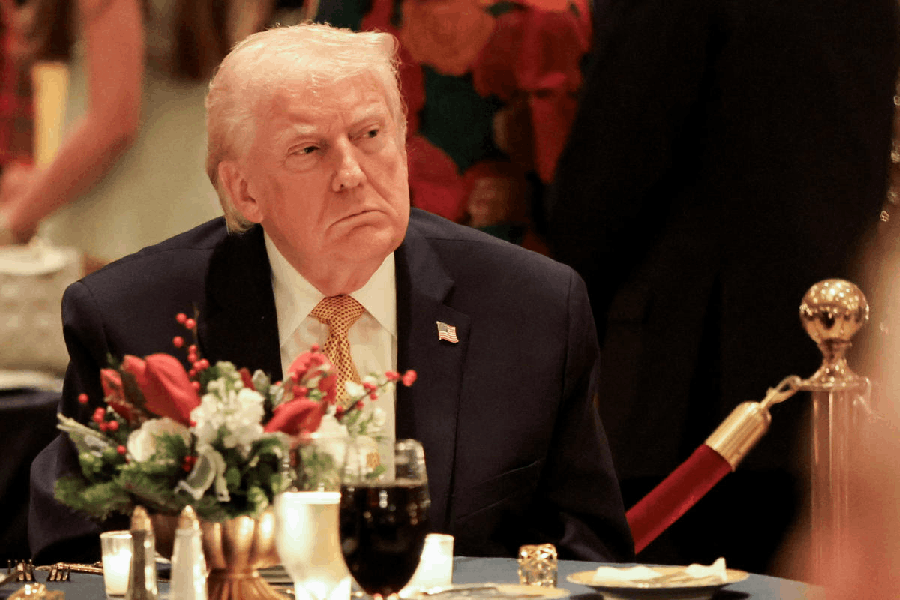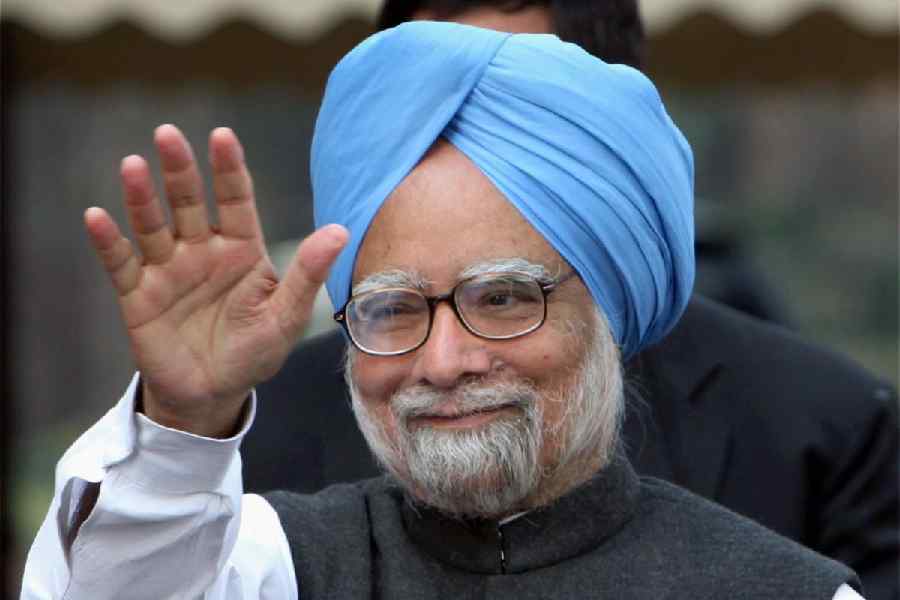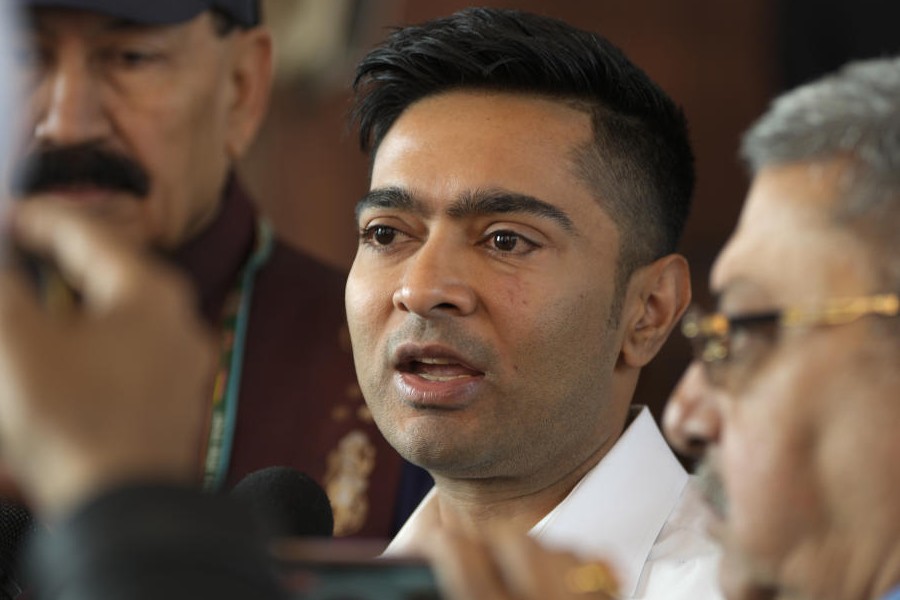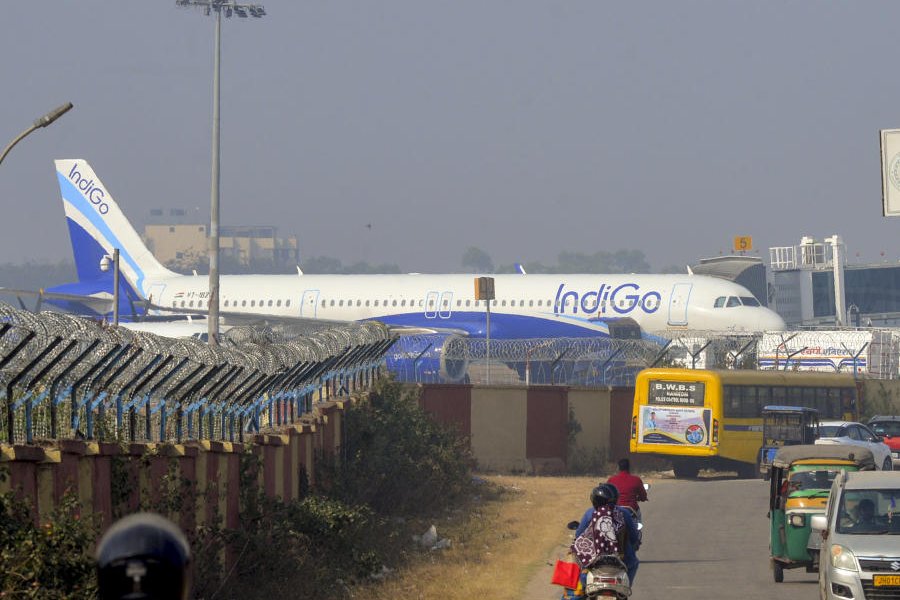 |
 |
 |
| (From top) The memorial on Esplanade Row East; the lion’s head spout and the monument to Colesworthy Grant. Pictures by Sanat Kumar Sinha and Sanjoy Chattopadhyaya |
Those who have either tried to take photographs of Writers’ Buildings or have tried to walk past its VIP entrance must have discovered how swarms of policemen are ready to pounce on them the moment they even so much as take out their cameras or try to cross the road to some supposedly strategic point of this high security zone. The BSF jawans behave in a similarly aggressive manner to discourage people from taking photographs of the Silver Mint on Strand Road adjacent to Posta, which, for reasons best known to the authorities, is also a high security zone. This is not official but an imaginary rule that is enforced all the more strictly as it does not exist in reality.
So it would be difficult for readers to take a close look at the monument to Colesworthy Grant installed on the pavement of Writers’ Buildings. After Dalhousie Square was beautified during Lord Curzon’s time, in early 20th century, the square was given another facelift. This was the time when Andrew Fraser was the lieutenant governor of Bengal.
Some statues and memorials already existed there. An obelisk in the memory of Colesworthy Grant was erected then. Grant was the founder of the Calcutta Society for Prevention of Cruelty to Animals and the writer of the Annals of Rural Bengal. He used to help animals drink water from a fountain at the north-east corner of Laldighi. The Society still operates from its office in Bowbazar. Grant had also written Anglo-Indian Domestic Sketch, a compilation of letters he had written to his mother in the mid-19th century.
He has left behind a delightful account of how two ships laden with ice “retained by an American speculatist” brought the first supplies of “common ice” to Calcutta. A Londoner, Grant came to India in 1832 at the age of 17. His brother Harry was a bookseller and Colesworthy lent him a hand. Their establishment was on the spot where Stephen Court stands today
Colesworthy Grant was not just a writer but an artist as well. He had executed a series of lithographed portraits of notable people in Calcutta which appeared in the India Review and the Monthly Journal. Other portraits appeared in the Bengal Sporting Journal. All these were published in the form of a book titled Outline Portraits. His famous print of a bazaar in Calcutta with merchants from all over the world and India in a huddle testifies to the cosmopolitan nature of Calcutta in the 19th century.
Grant used to be a drawing teacher at Bengal Engineering College and Presidency College. After he died in 1880 his admirers erected an obelisk that is still there today. It was in a terrible state not very long ago. Now it is spruced up and looks quite handsome.
There is another monument on Esplanade Row East obscured by age and neglect behind the fencing surrounding the Assembly, opposite Old Post Office Street and facing the high court. Cars are parked in the space in front of it and that narrow stretch behind the cars has turned into a lavatory.
This monument though not big has rich carvings, and the year 1850 is inscribed on it. As in the Grant obelisk it has a fountain with a lion’s head spout which has dried up. Nonetheless, tiny plants have grown in the bowl. The plaque with inscriptions has disappeared. But according to Desmond Doig, it was dedicated to William Frase McDonnell, VC, of the Bengal Civil Service (1850-1886) and puisne judge of the high court from 1874 to 1886.
The horse trough that used to be in front of the memorial has disappeared and the memorial itself is hardly visible any longer behind the rows of cars parked in front it. It is an open-air urinal now. This memorial may be hard to detect but at least it hasn’t disappeared like the bird cage on the Maidan.

